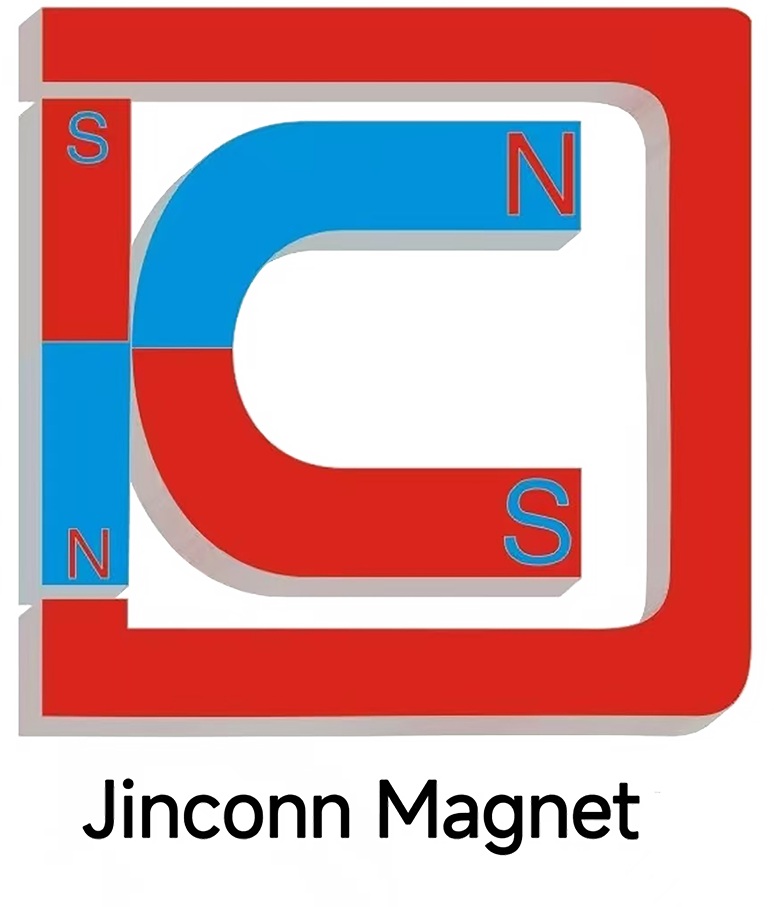Global Magnet Market: Current Landscape and Future Outlook (2025 and Beyond)
Global Magnet Market: Current Landscape and Future Outlook (2025 and Beyond)
The global magnet industry stands at a pivotal juncture in 2025, shaped by rapid technological advancements, geopolitical tensions, and the accelerating shift toward electrification. As magnets are integral to electric vehicles (EVs), renewable energy systems, and advanced electronics, their market trajectory offers insights into broader industrial transformations.
Market Overview and Growth Projections
In 2025, the global magnet market is valued at approximately USD 37.98 billion, with projections indicating a robust compound annual growth rate (CAGR) of 7.89% through 2033 . This growth is primarily driven by the surging demand for high-performance magnets in EVs, industrial automation, and renewable energy applications. Permanent magnets, especially neodymium iron boron (NdFeB) types, are at the forefront due to their superior magnetic strength and efficiency.(The permanent magnet segment alone is expected to reach USD 31.82 billion by 2025, expanding further to USD 70.78 billion by 2033, reflecting a CAGR of 10.51% . Key applications include EV motors, wind turbines, and consumer electronics, underscoring the magnets' critical role in modern technologies.
Geopolitical Dynamics and Supply Chain Challenges
China's dominance in rare earth magnet production—accounting for over 90% of global supply—has become a focal point in international trade dynamics. In April 2025, China's imposition of export restrictions on rare earth elements and magnets led to significant disruptions in global supply chains, particularly affecting EV manufacturers and electronics companies .
These restrictions have prompted countries like the United States and India to seek alternative sources and develop domestic capabilities. For instance, India's auto component industry is advocating for a national strategy to secure access to critical materials, emphasizing the need for diversified supply chains and domestic sourcing initiatives .
Technological Innovations and Sustainability Efforts
The magnet industry is witnessing significant technological advancements aimed at enhancing performance while addressing sustainability concerns. Research is focused on developing rare-earth-free magnets, such as advanced ferrite and alnico magnets, to reduce dependency on critical materials .
Moreover, recycling initiatives are gaining momentum, with companies exploring methods to reclaim rare earth elements from end-of-life products. These efforts not only mitigate environmental impacts but also contribute to supply chain resilience.
Future Outlook and Strategic Considerations
Looking ahead, the magnet market is poised for sustained growth, driven by the global push for electrification and renewable energy adoption. However, achieving long-term stability will require strategic investments in alternative supply chains, technological innovation, and international collaboration.
Key stakeholders must prioritize:
Diversification of Supply Sources: Investing in mining and processing capabilities outside dominant regions to reduce geopolitical risks.
Research and Development: Fostering innovation in magnet materials and manufacturing processes to enhance performance and sustainability.
Policy and Regulation: Implementing supportive policies that encourage domestic production and recycling initiatives.
By addressing these areas, the global magnet industry can navigate current challenges and capitalize on emerging opportunities in the evolving technological landscape.



.jpg)
Jinconn WeChat









